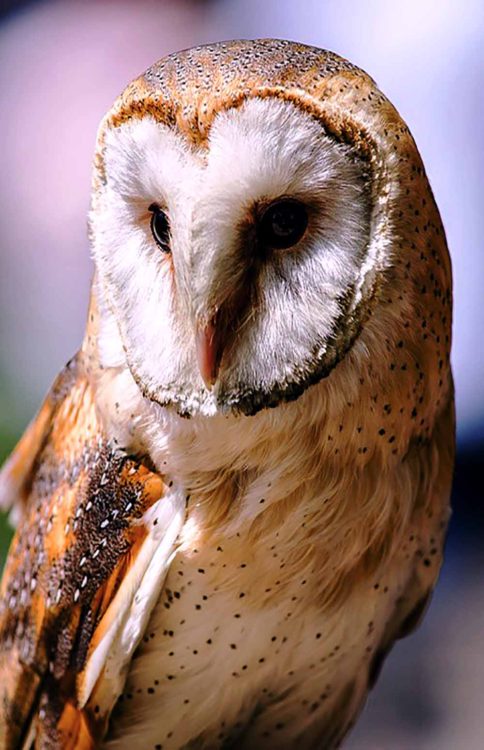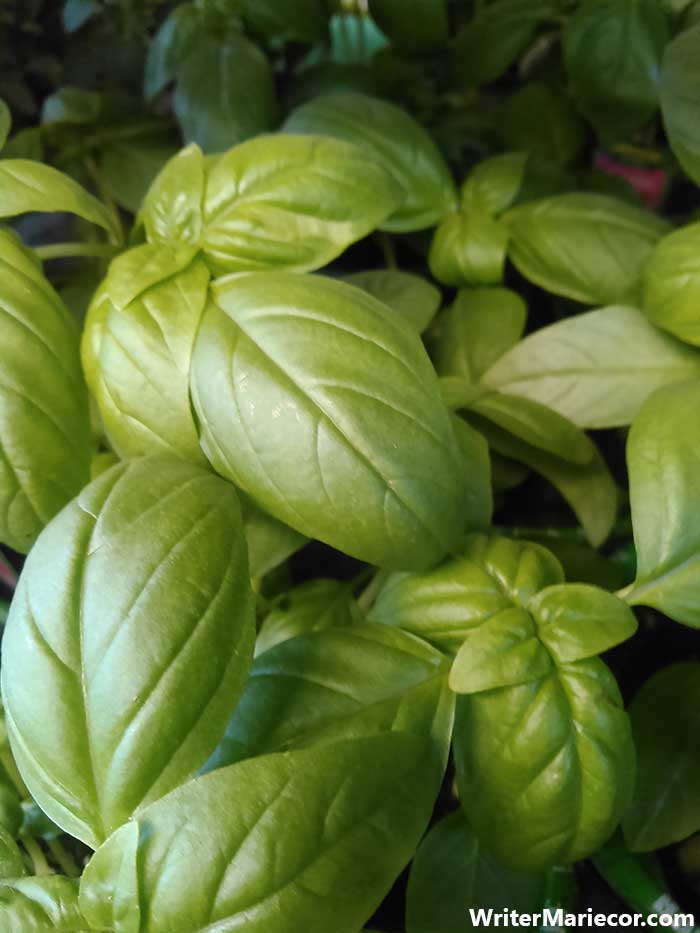Attracting owls to your garden can be advantageous – especially when you want to keep rabbits, raccoons, mice, squirrels, gophers, even snakes at bay. Having a resident owl is a natural, “green” method in minimizing the adverse effects of vermin and other pests. Indeed, there are vineyards and other farm businesses that boast of owls being their preferred natural deterrent against unwanted critters. Since owls are very appealing to have in your garden, read further to learn about how to make your green space more owl-friendly.
Owls have been known to take up residence in man-made nest structures, notably during nesting season. And even when the fledglings have grown up and flown elsewhere, parent owls can still remain in your garden.

After deciding on making your green space owl-friendly, you can next focus on attracting a specific type of owl to your garden. You are welcome to contact various bird clubs around the country for advice on attracting certain types of owls. The preferred owls to draw into your garden are great horned owls, barred owls, Eastern and Western screech owls, and barn owls. Great horned owls are effective predators against rabbits and gophers. Barred owls have very low tolerance for humans and will even abandon their young if there are just a couple of human disruptions per week, so be extra sensitive about them. Meanwhile, both the Eastern screech owl and Western screech owl are the easiest to attract because they readily take up residence in a properly placed owl nest box, particularly during their breeding season which runs from mid-March to mid-May. As for barn owls, the American Fruit Grower magazine has documented that a barn owl family can easily consume several thousand rodents during a nesting season. Bob Vila, known for being the original host of the home improvement show This Old House (1979 – 1989), confirms this on his website where he states: “A pair of barn owls and their brood can eat as many as 3,000 rodents in a single nesting season.”

There are a number of things homeowners can do to transform their garden into an owl-friendly habitat. Some measures include creating enough cover, providing ample food and water, and even setting up some perches to make things ideal for the owl to hunt.
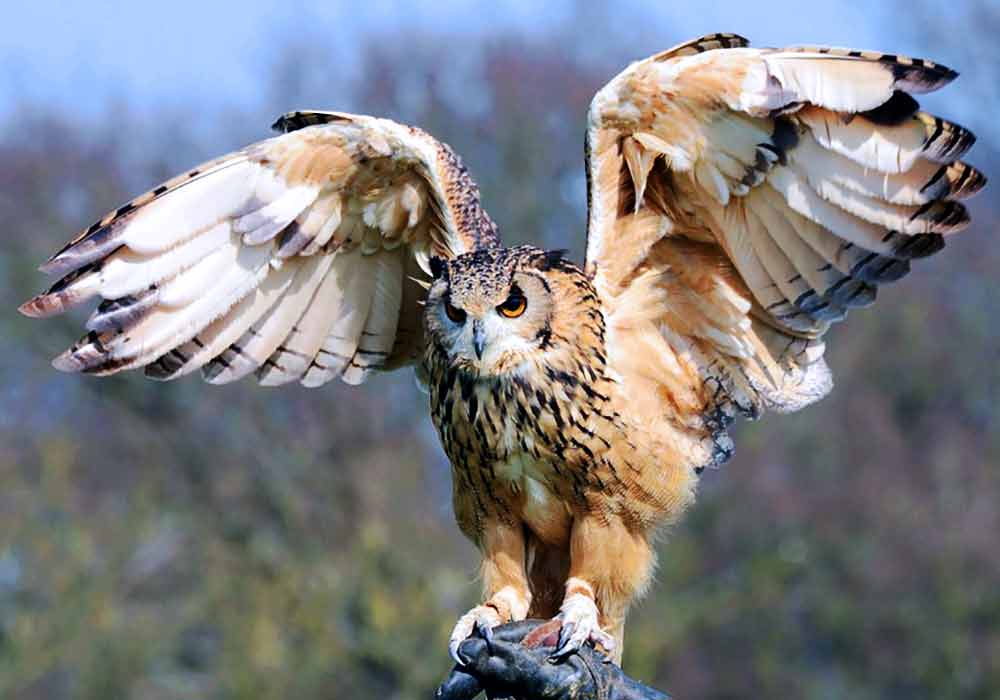
Owls won’t feed on bird seed. Instead, they’re more interested in prey like voles, shrews, mice, and squirrels. Make sure the grass in your garden isn’t too closely shorn, add a brush pile, and maintain hedges or thickets – these will make for good stomping grounds for owl prey. Also, leave seeds on the ground to be mouse-friendly, which thereby translates as being more owl-friendly. Likewise avoid rodent traps and rodent poisons, for they certainly are NOT owl-friendly at all. Rather, allow the owls to feed on the rodents naturally and toxin-free.
Interestingly enough, owls don’t normally frequent shallow birdbaths. However, the hot weather of summer means owls still need a water source. So, to be more owl-friendly, make sure there is a deeper birdbath nearby in a secluded part of your garden. Having the water source circulate will minimize mosquito problems in your garden while still remaining an adequate resource for the owls that visit.
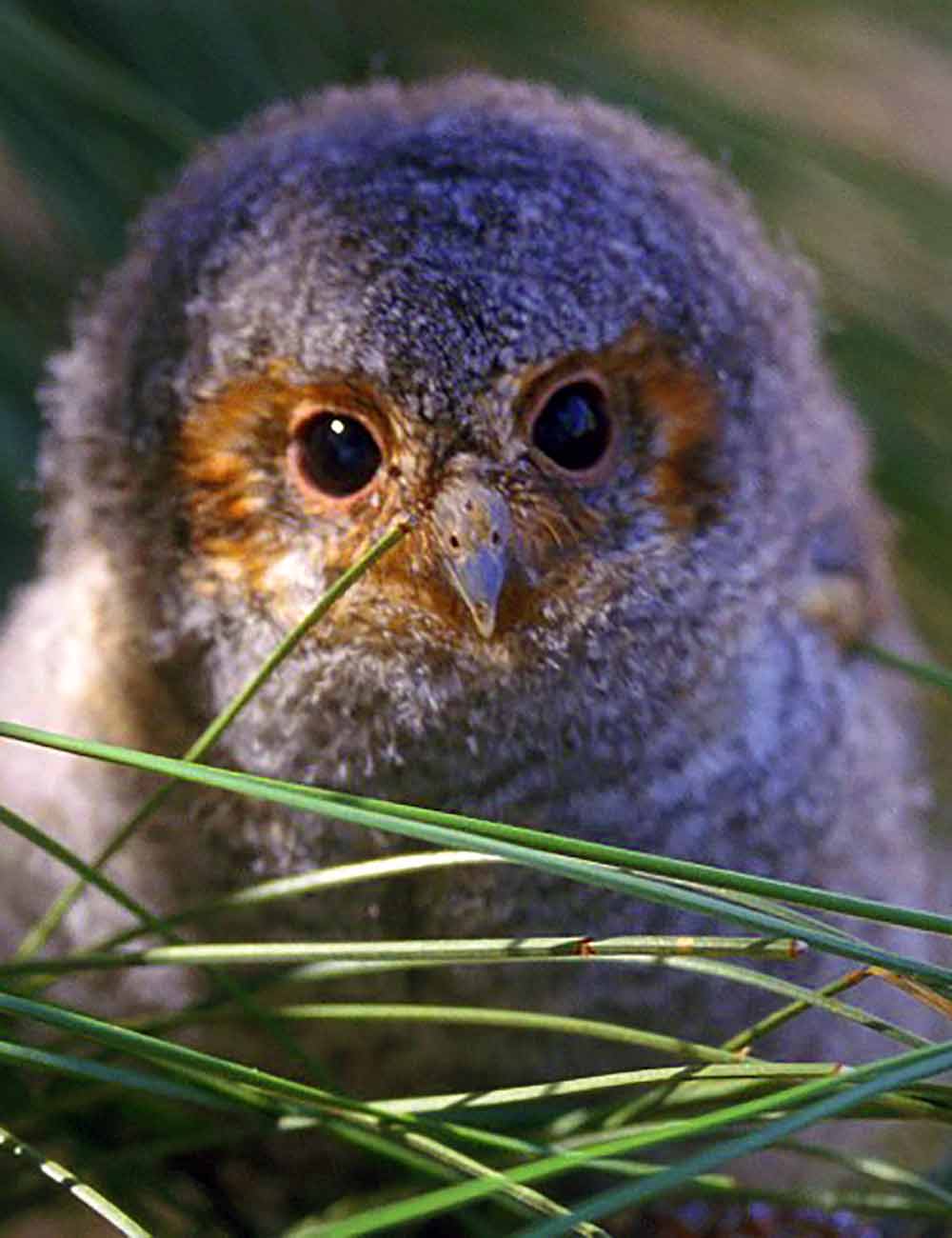
What else is owl-friendly in design? Have a garden filled with mature deciduous or evergreen trees with sturdy trunks and branches to roost upon. Owls are nocturnal, and their eyes are rather sensitive to light. In other words, having trees to provide shade and protection from the brightness of day is helpful for the owls. Besides, trees provide safe perches for owls. Owls need these perches to conserve energy as they watch for prey movement.
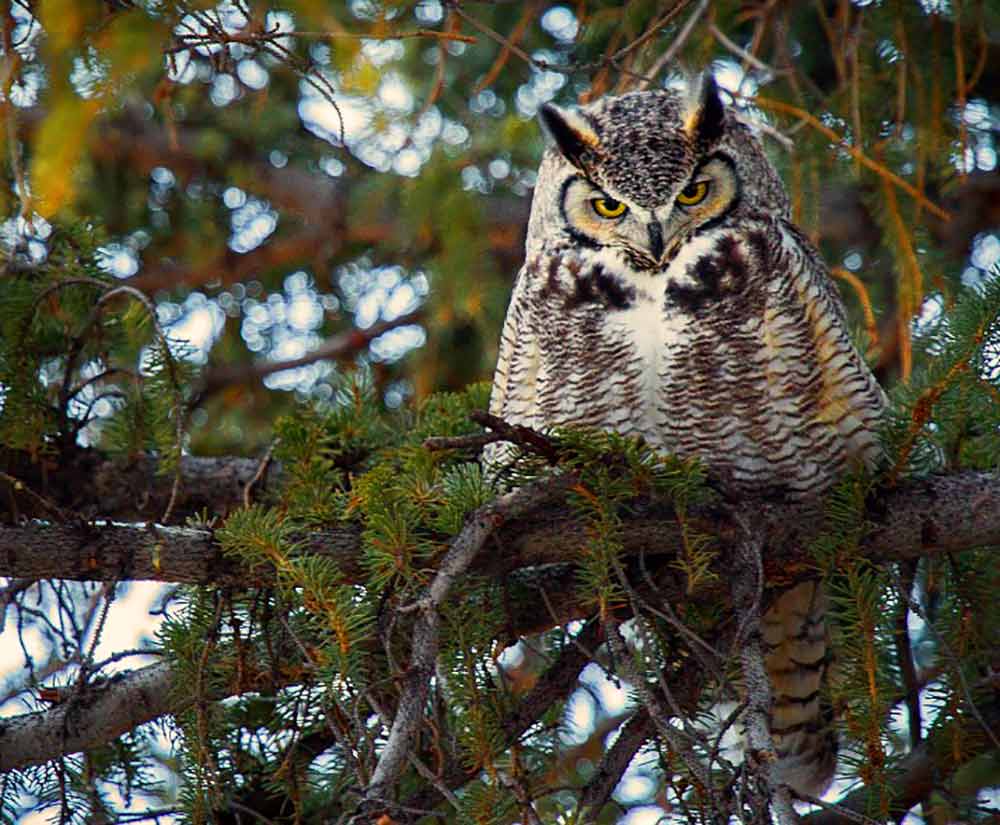
If there are no natural nesting areas (e.g. cavities in large trees) for owls in your garden, you can also install a rainproof or watertight owl nest box, preferably 10 to 15 feet off the ground at minimum so as to discourage starlings from moving in. Secure the nest box in the shady side of the tree or chosen area. Add a bedding of dried pine needles, dry leaves, natural wood shavings, even clean rabbit bedding purchased from the pet store, to the owl nesting box’s inside floor — making sure it is at the depth of at least three inches. Coat a thin layer of Ivory bar soap on the inside surface of the owl nest box, especially the ceiling, to prevent wasps and bees from colonizing the owl nest box; this will make the surface too slippery for the insects. Another option offered by the Wildlife Preservation Society of Queensland in Australia is: “To deter bees you can attach insulation wool to the inside of the box. This material is undesirable for them [the bees] to attach their hives to.”
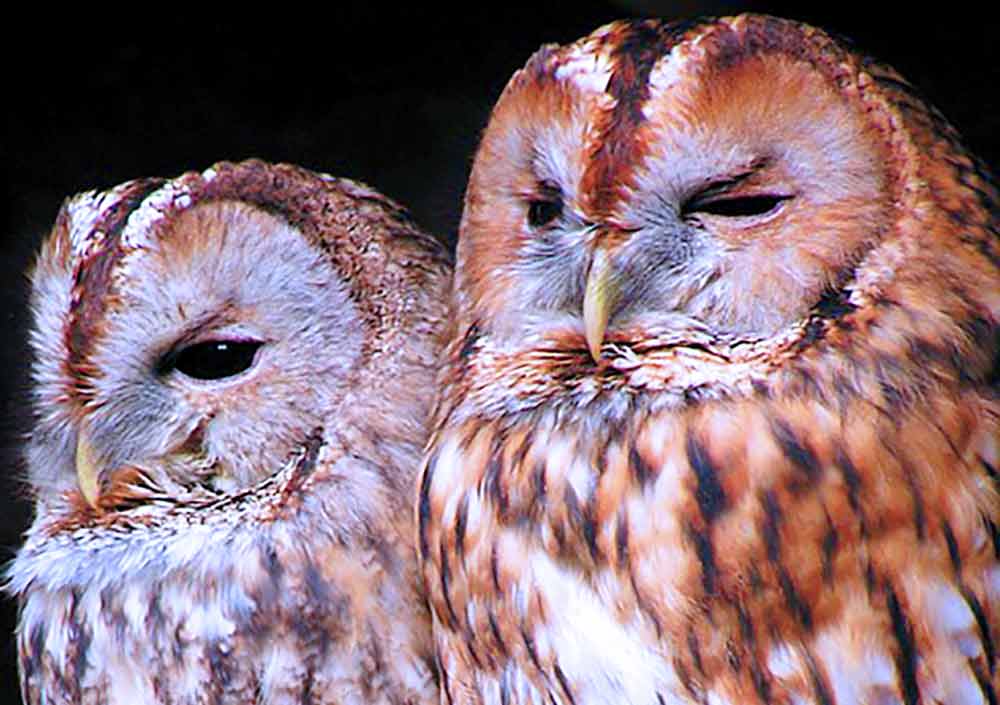
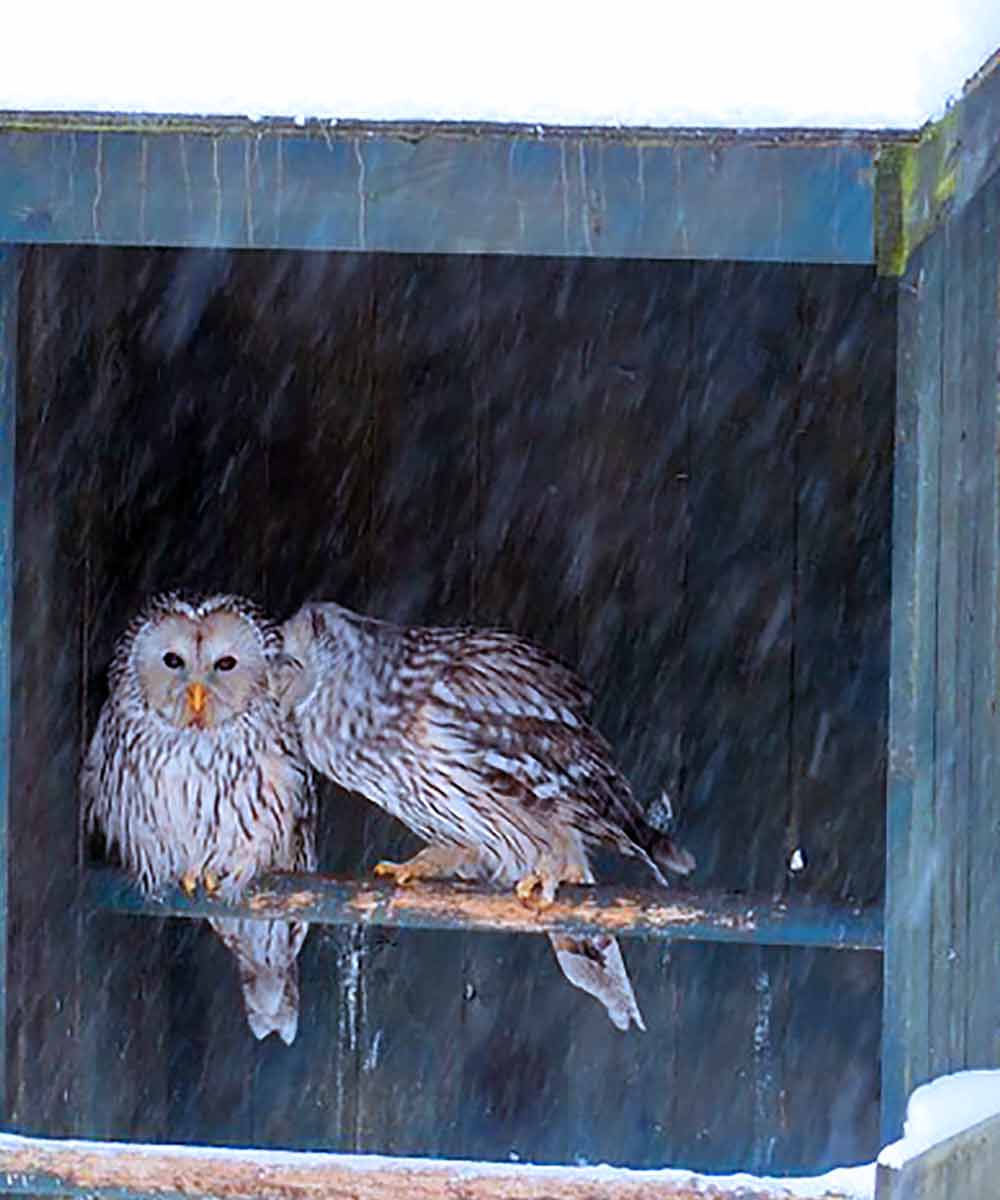
Of course, the type of owl nest box you create will depend on the type of owl you plan on attracting to your garden. Remember as well that owls are very sensitive and dislike disturbances, so be mindful of placing the owl nest box in a location far from curiosity seekers, vandals, predators, and other disruptions. Turn to the Audubon Society’s website, or better yet, contact your local Audubon Society chapter for instructions on making owl nest boxes specific to the particular species of owl you are interested in.
Another great resource is the Cornell Lab of Ornithology, with its affiliate websites of All About Birds and NestWatch. These conservation-minded organizations can steer you towards the exciting world of monitoring birds. You can thereby track the status of the owls that nest in your garden and report the data so that you can contribute to the growing body of knowledge about birds, especially owls. And, should you happen to purchase an owl nesting box that comes with a closed-circuit camera, then a webcam view of owl activities is sure to be a delight.

It is nonetheless important to note that certain species of owls are protected. While providing nesting boxes for them is legal, the handling of owls requires a license. Contact the U.S. Fish and Wildlife Service for more about how to get licensed and about any other restrictions that might apply. You will likely be informed that owls regurgitate “leftovers” of their rodent prey in a “pellet” of fur and bones. This debris accumulates inside, around, or under owl nest boxes and may be infected with the hantavirus, since rodents are carriers. The Centers for Disease Control and Prevention (CDC) warns that the hantavirus can cause potentially fatal infections in humans. Precautions must thereby be taken – be advised to wear rubber gloves and dust masks – should maintenance of the owl nest or cleanup of the debris area be required.
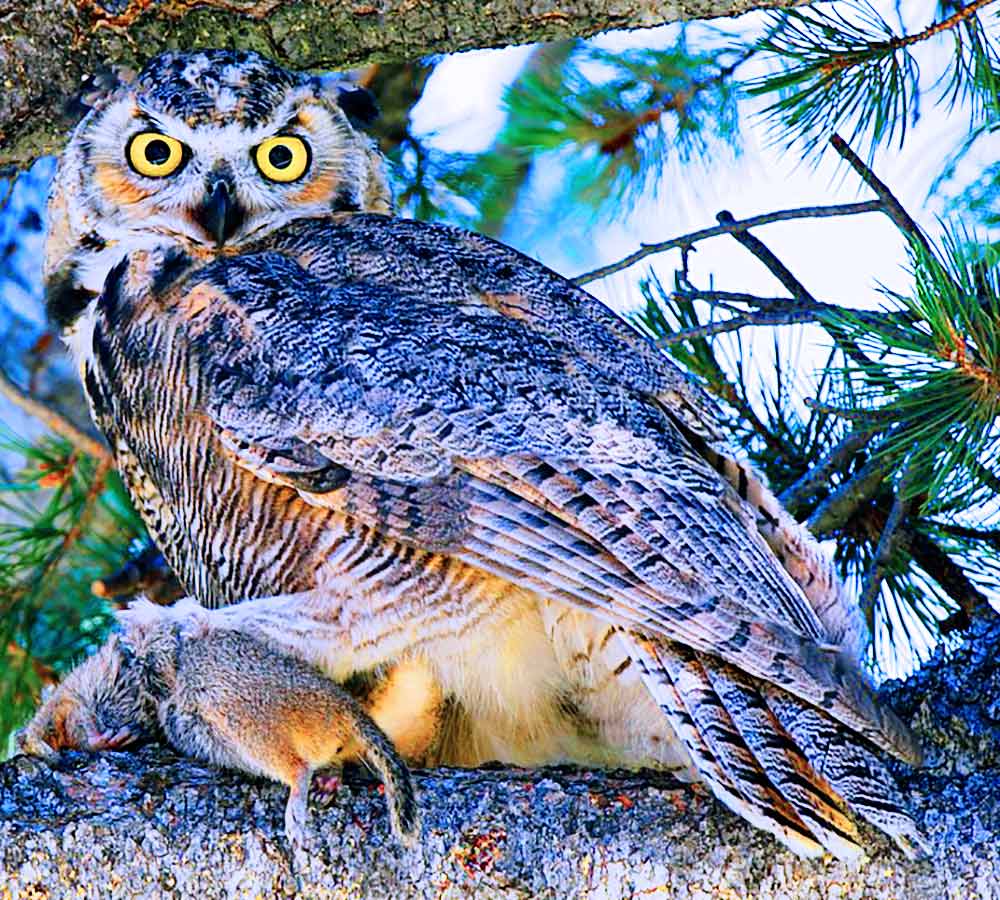
There are still other things to consider when making your garden owl-friendly. For example, decrease exterior lighting. Spotlights and flood lights in the garden can interfere with the owl’s hunting habits.

Minimize the factors that might disturb or unsettle owls. The use of recorded owl calls must be averted so that they don’t confuse the birds. Similarly, keep pets indoors during dawn, dusk, and nighttime hours, making sure that they don’t scare away the owl’s prey. By the same token, prevent owl collisions with fences, particularly barbed wire which can cause injuries to owls. Then, too, avoid using decorations in the garden that could obstruct owl flight paths.
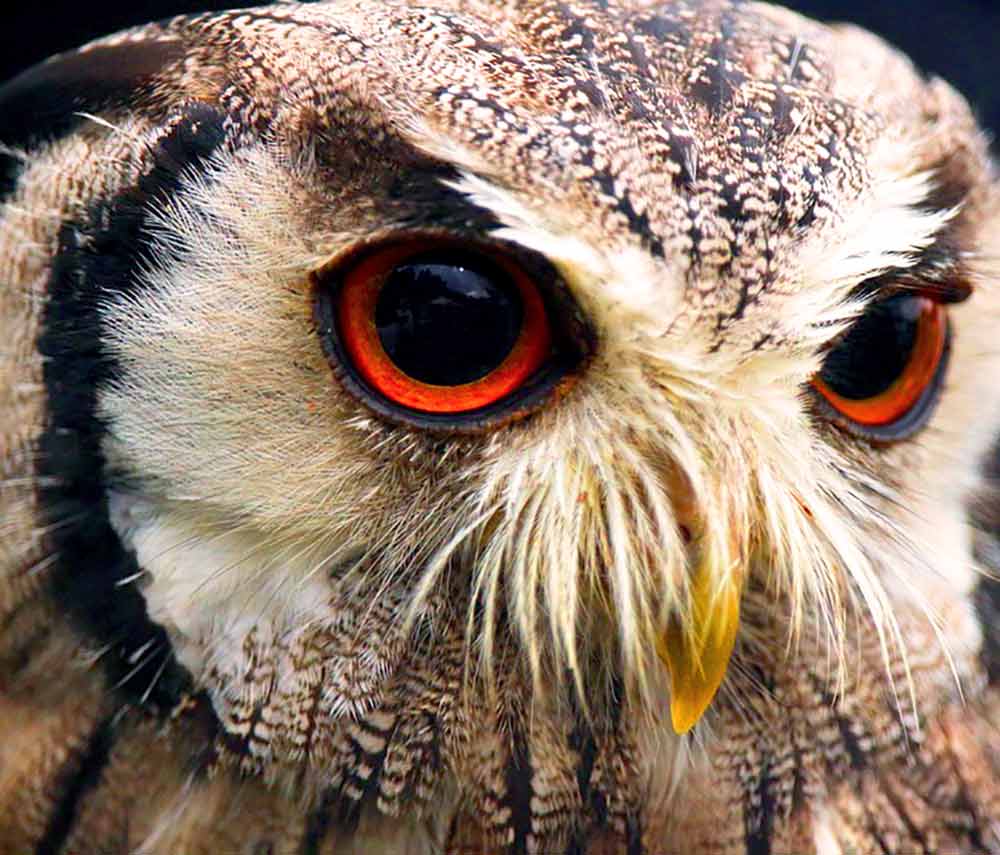
Perhaps one of the biggest hazards to owls involves collisions with windows – which can lead to internal bleeding, brain swelling, and other serious injuries. Moreover, a disoriented owl can become prey to other predators nearby. The U.S. Fish and Wildlife Service’s website has reported that “Collision with building glass is currently estimated to be the second greatest source of direct mortality of birds. Bird mortality from window collisions in the US is estimated to be between 365 million to 988 million birds annually.” Unfortunately, the way light plays on windows – whether from the inside or the outside – makes owls mistake windows for “tunnels” they can fly through.
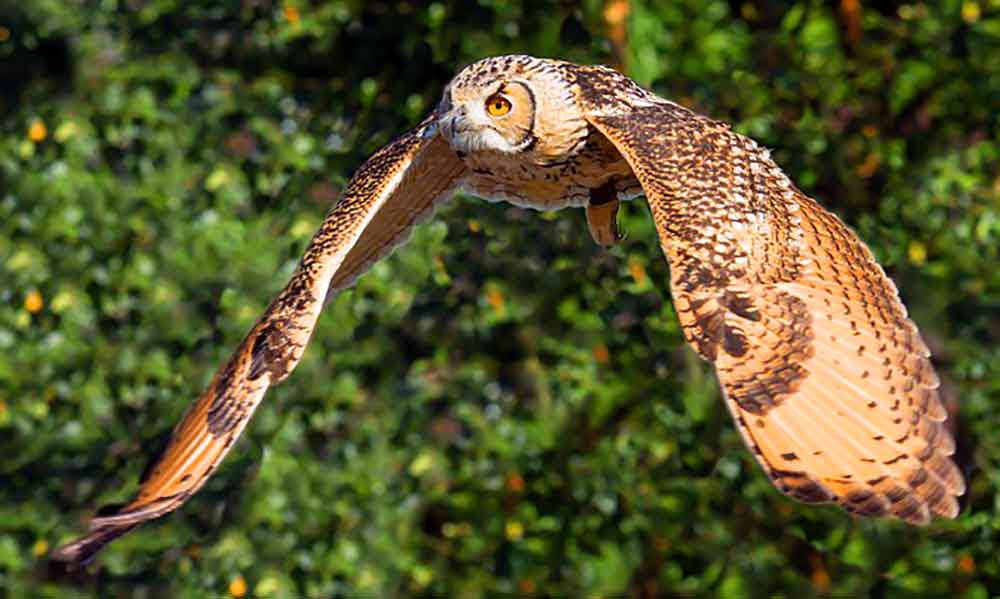
To limit owl collisions with windows, place shutters on windows, reduce the window’s reflective surface, and keep curtains or interior blinds closed. Add strong screens on window exteriors, so that the screens cushion the blow and reduce injury if a collision occurs. Place awnings over patio glass doors as well as larger windows to decrease sunlight reflection. Along with this, place planter boxes at the base of windows to encourage owls to land on them rather than go through a window. If you have a birdbath near a window, be sure to place it closer than two feet to a window; the short distance restricts the bird in building enough speed to injure itself at a window collision. Of course, if a birdbath is 18 feet away, it can prevent the owl from hitting the window at all.
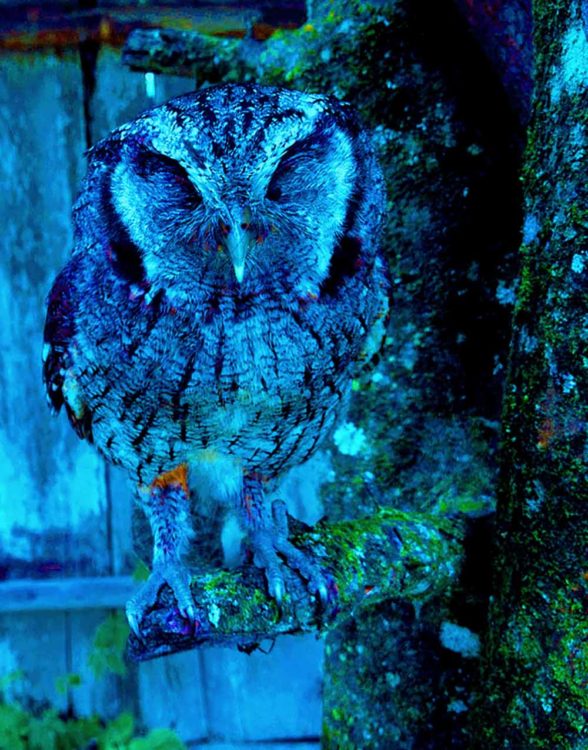
In all, keeping rodent and pest problems under control makes for a compelling reason to encourage owls to nest in your garden. The owl’s presence has the added bonus of keeping your garden more environmentally friendly. While there shall be challenges along the way, maintaining a “green” garden and living space for your resident owl is a wonderful way of observing and caring for these magnificent birds.
Sources of images: Public Domain and Pixabay.
